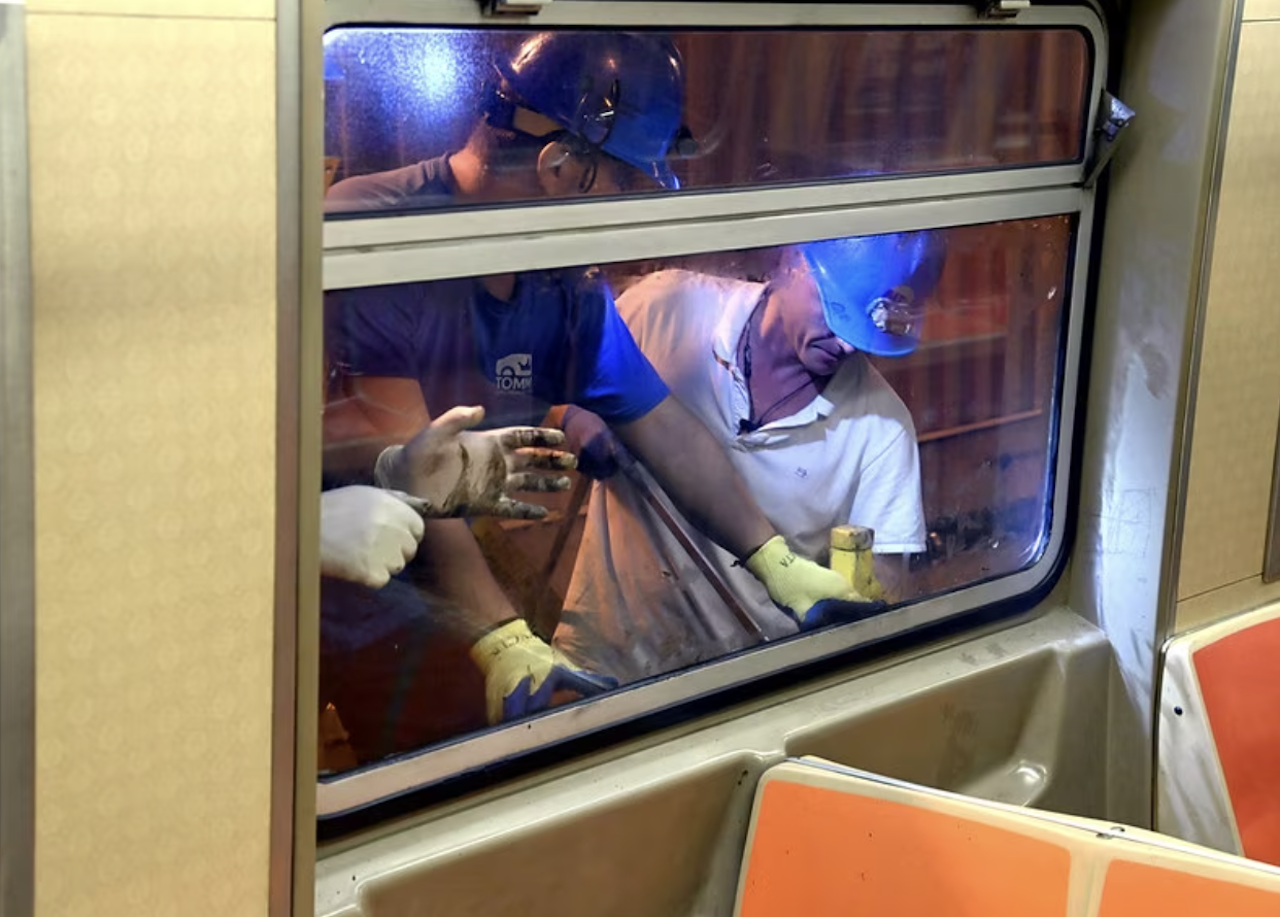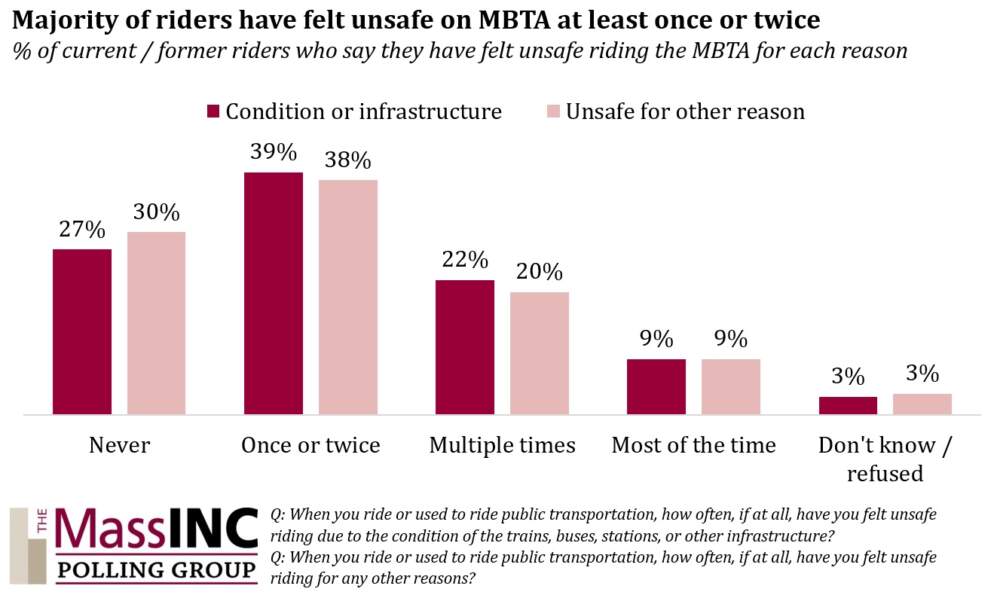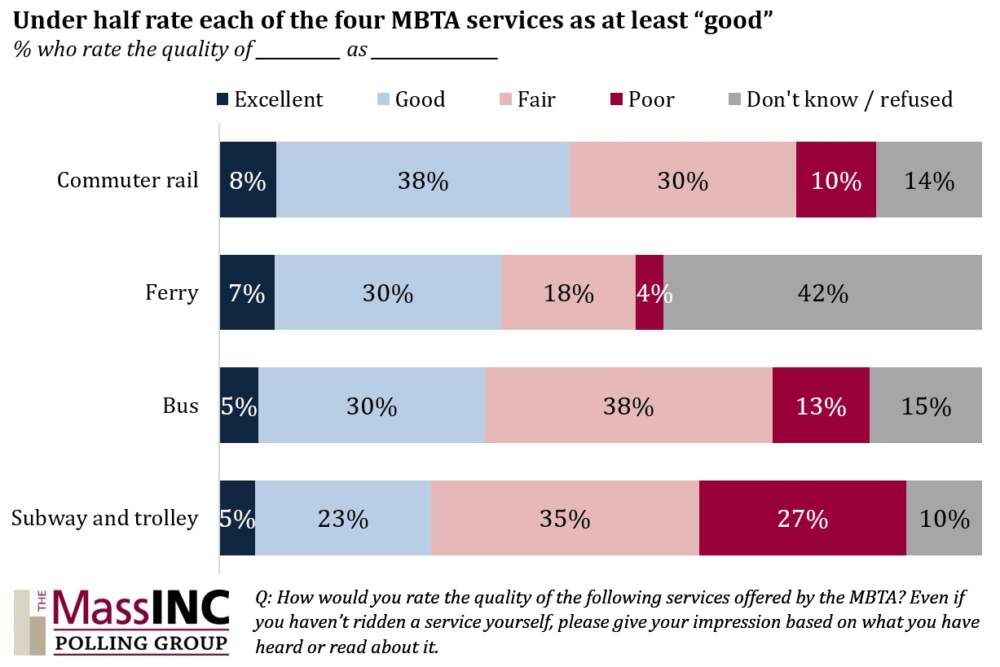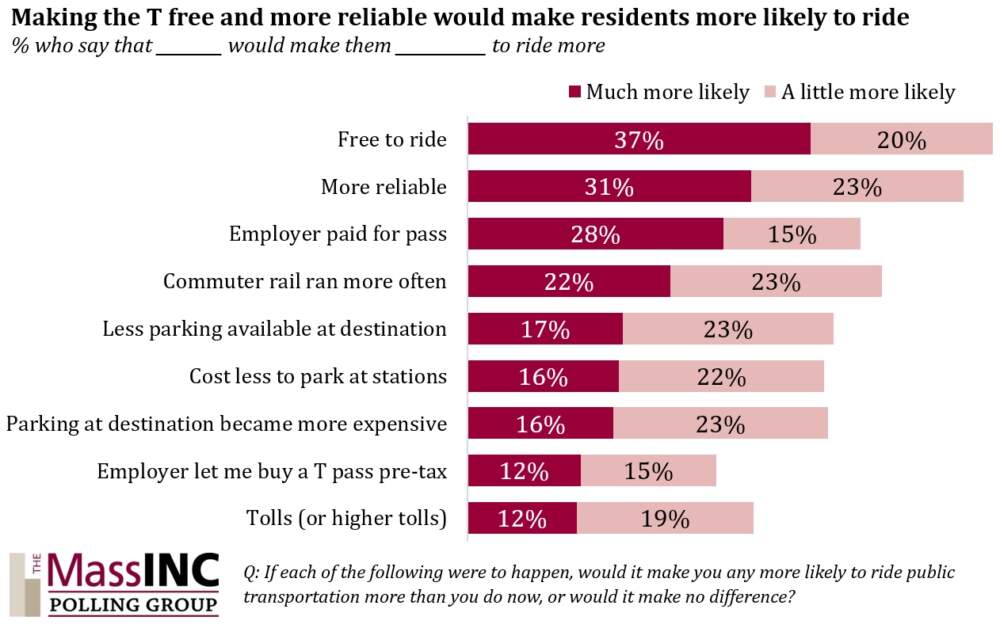
Transit Briefs: NYMTA, GO Transit, MBTA
Written by Carolina Worrell, Senior Editor
Crews replace windows broken by vandals on Sept. 12. (Marc Hermann / MTA)
The New York Metropolitan Transportation Authority (MTA) addresses extensive vandalism on subways. Also, Ontario upgrades two GO stations along Stouffville Line; and residents say the Massachusetts Bay Transportation Authority (MBTA) is “unsafe and service isn’t great either,” according to a recent poll.
NYMTA
MTA New York City Transit (NYCT) President Richard Daveu, MTA Chief Safety and Security Officer Pat Warren, and NYCT Senior Vice President of Subways Demetrius Crichlow were joined by New York Police Department (NYPD) Chief of Transit Michael Kemper on Sept. 13 to address extensive vandalism on subways Tuesday that resulted in service changes on the B, D, F, N, Q, R and W lines.
The W line had been suspended since 6:50 p.m. on Tuesday, Sept. 12, due to a shortage of available trains, and the lines experienced extensive delays and longer wait times during last Tuesday’s rush hour. On Wednesday morning, in addition to the W Line suspension, service was adjusted on the B, D, N and Q lines to provide even frequency of service with a reduced number of available trains.
It was determined that a total of 97 windows were broken during the approximately 29-hour period ending at about 6 a.m. on Sept. 13. The total number of trains vandalized through early Wednesday was determined to be 45 when the count was completed. NYCT said it expected to run full W service during Thursday’s AM rush.
“A group of individuals or an individual disrupted the commute of hundreds of thousands of New Yorkers, and it’s costing us about $500,000 to repair these windows, and that is outrageous,” said NYCT President Richard Davey. “Our crews worked feverishly overnight to repair many of those trains, but we have literally exhausted, depending on the fleet class, the number of windows in our supply and are now taking windows off cars that are in our train yard. The NYCT system has more cameras than a Las Vegas casino. We will find those responsible. We will have their pictures. I have no doubt we will find them and prosecute them to the fullest extent of the law.”
“I’m confident, very confident, that we will identify the locations of occurrence as the video system in the New York City subway system is vast and robust and proves to be extremely helpful,” said NYPD Chief of Transit Michael Kemper. “Breaking windows on trains, causing them to be put out of service, not only inconveniences our riders, but it’s a crime, and when caught, those responsible will be arrested and will be facing felony charges.”
View photos of NYCT’s broken subway windows here.
GO Transit
The Ontario Government announced that it has completed major infrastructure upgrades at Metrolinx’s Milliken and Agincourt GO stations along the Stouffville Line as part of its plan to deliver “more trips, more often across the GO network.”
According to the Ontario Government, enhancements at Milliken GO Station include an additional track and platform, two new pedestrian tunnels, and additional vehicle and cycling lanes on Steeles Avenue. Commuters at Agincourt GO station will benefit from a brand-new station building with modern facilities, as well as additional platforms and pedestrian tunnels.
As part of the larger GO Expansion program, the Ontario Government says, improvements at the Milliken and Agincourt GO stations will build capacity on the Stouffville Line to meet future ridership demand and support two-way, all-day GO train service, every 15 minutes between Unionville GO Station and Union Station.
“These major infrastructure improvements will increase safety and accessibility for customers while supporting future two-way, all-day,15-minute train service between Toronto and Markham,” said Minister of Transportation Prabmeet Sarkaria. “Through historic investments, our government is building a reliable and connected transit network for generations to come.”
“With more people choosing to call Ontario home every year, building reliable public transportation has never been so important,” said Associate Minister of Transportation Todd McCarthy. “Upgrades along the Stouffville Line will ensure the necessary transit infrastructure is in place to support our growing population while delivering safer, faster, and more convenient travel options for commuters.”
MBTA
According to a new poll released by the MassINC Polling Group, “most Greater Boston residents feel unsafe riding the MBTA and give the transit system’s service low ratings,” WBUR reported on Sept. 13.
According to the report, the poll, which was sponsored by the Barr Foundation, “found 70% of current and former riders have felt unsafe at least once or twice due to the condition of buses, trains, stations and other infrastructure.”
A similar number of respondents said “they felt unsafe for other reasons,” which could relate to personal safety or crime, according to MassINC Senior Research Director Rich Parr.
“The safety issue is kind of a baseline thing that the T needs to provide to people,” Parr said. “They need to think that they’re going to be safe when they’re riding the T.”

According to the WBUR report, “the beleaguered transit system has suffered from years of disinvestment and deferred maintenance,” leading to several safety issues, including deteriorated tracks that forced the agency to implement slow zones across the system this year.
“Concerns about safety seem to factor into the overall ratings of MBTA services,” WBUR reports. According to the poll, only 28% of respondents rate the quality of the subway and trolley service as at least good. And 35% said the quality of bus service was at least good. Meanwhile, the commuter rail had more positive ratings—42% rate it as good to excellent.
According to the report, MassINC Polling Group in mid-August surveyed 1,000 residents in the 175 communities served by the MBTA. Those surveyed included regular riders, former riders and non-riders. The survey was conducted before the T announced a partial Red Line shutdown this fall and before the agency released a safety report that found organizational failures led to the slow zones and other subway issues this year.

As the MBTA continues its work to improve service, people are “pretty divided” about the future of the transit system, according to the report. The MassINC poll found 45% of respondents think the T will be better in 10 years. However, roughly as many people—46%—think the T will stay the same or get worse.
The poll, WBUR reports, also noted that ridership on the system “hasn’t returned to pre-pandemic levels.” When respondents were asked why they are riding the T less, the top reasons cited included “working from home, choosing another mode of transportation, and concerns about the speed and reliability of service.”
Parr said some of these things the T can’t control and will “likely make it hard for the agency to get back to pre-pandemic ridership numbers.”
But there were two main things respondents said would get them to ride the T more: Free rides and more reliable service. More than half of residents said this would make them more likely to use the transit system, according to the WBUR report.
“It looks like the opportunity for the T is really among getting their current riders to ride more often and to get some of these former riders to come back,” Parr said.




